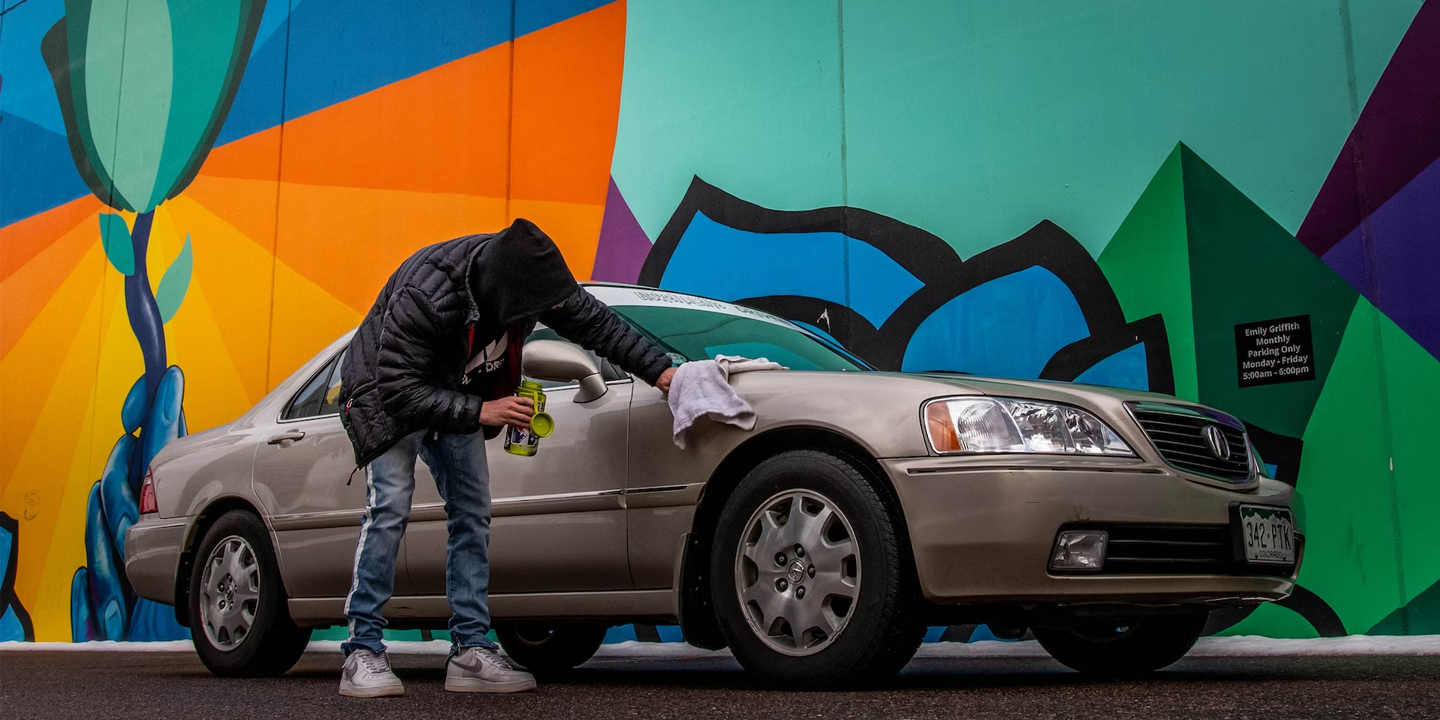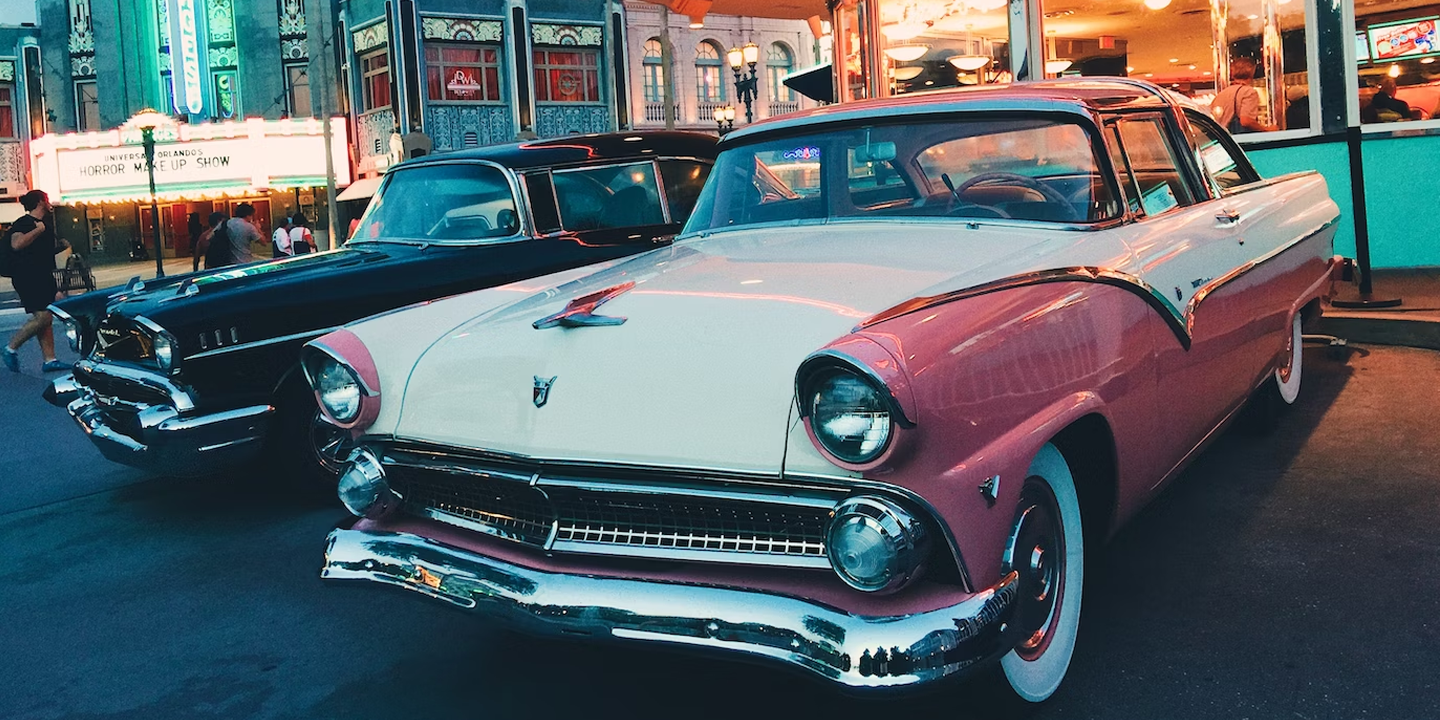Car Lingo Every Driver Must Know
If you're about to start driving, there are a few basic terms you should know before hitting the road. These simple words come up all the time—on your dashboard, at the repair shop, or even during a driving lesson. Knowing what they mean can help you stay calm, make safer choices, and avoid confusion when something goes wrong. Think of this as the beginner's toolkit for understanding how your car actually works.
1. Ignition Switch
The ignition switch is what brings your car to life. Turn the key—or press the start button—and the engine kicks in, along with all essential systems. Without it, nothing works. Back in the day, people actually used hand cranks to start their cars.
2. Gear Shift
Think of this as your driving selector. You use it to switch between Park, Drive, Reverse, and more. In manual cars, it's how you change gears. Some race cars, however, skip the stick entirely and use paddle shifters for quicker transitions.
3. Brake Pedal
When you need to slow down or stop, the brake pedal is what you press. It works through hydraulic pressure, and ABS helps keep your wheels from locking. Brakes are safety essentials, so if you ignore them, you're risking more than just a ticket.
 Santeri Viinamaki on Wikimedia
Santeri Viinamaki on Wikimedia
4. Accelerator
The accelerator pedal controls how fast your car moves. The more you press it, the more fuel and air enter the engine, making the vehicle speed up. Even electric cars have one. Smooth, steady pressure boosts fuel efficiency, while flooring it burns more energy—and your wallet.
5. Clutch
In a manual car, the clutch lets you change gears without grinding them. You press it, shift smoothly, and release. But ride it too much, and it'll wear out fast. Newer cars often use dual-clutch systems for quicker, smoother shifting.
6. Steering Wheel
This is how you steer your car. Some high-end models also come with futuristic yoke-style wheels, but the purpose stays the same. Turn it left or right, and your front wheels follow. Thanks to power steering, it feels smooth and effortless.
7. Dashboard
Here's where all your key info lives. It shows speed, fuel level, warning lights, and more—all at a glance. Older cars used analog dials, but many newer ones have sleek digital displays or project data right onto the windshield.
8. Odometer
It's essential for scheduling maintenance and knowing when parts may wear out, as this little number tracks your car's lifetime mileage. Since the '90s, digital versions have replaced old-school analog dials. Tampering with it is illegal, especially when selling a car.
9. Speedometer
Always keep one eye on it while driving because the speedometer is where you see how fast you're going. It's marked in miles or kilometers per hour and helps you avoid speeding tickets. Some cars also limit your top speed based on this readout.
10. Fuel Gauge
This needle tells you how much gas is left in the tank. Run too low, and your car may stall without warning. Some vehicles beep when fuel is critically low. Just remember that even when it hits "E," there's often a small reserve left.
11. Turn Signal
The turn signal lets others know your next move and keeps everyone safer on the road. Flip it on before making a turn or doing a lane change. You'll hear a rhythmic click as it blinks. Some Luxury cars often use sleek swipe-style indicators instead.
12. Tire Pressure
This affects how your car grips the road and how much gas it uses. Underinflated tires reduce control and can even lead to blowouts. The pressure also changes with temperature, so check it regularly. Most cars today have a Tire Pressure Monitoring System (TPMS) light to alert you.
13. Battery
The battery powers everything—ignition, lights, windows, and more. If it's dead, the car won't start at all, and most batteries last about 3 to 5 years. Electric vehicles use much larger packs that require different care, but the principle stays the same.
14. Radiator
The radiator keeps your engine cool by circulating coolant through it, and during long drives or hot days, it helps prevent overheating. If it leaks, you might spot steam under the hood as well. Without a working radiator, engine damage can happen fast.
15. Emergency Brake
Also called the handbrake or parking brake, it's your backup for stopping or parking on a hill. It works separately from your main brakes. While older cars use a lever, many modern ones have a button you press instead.
16. Headlights
These let you see—and be seen—when it's dark or raining. Many newer cars adjust brightness automatically, depending on conditions. Use low beams in traffic and high beams on empty roads, but be mindful not to blind other drivers.
17. Muffler
Located under your car, the muffler reduces engine noise and filters emissions. Without it, driving would be loud—and likely illegal. A damaged one can make your car roar; however, some performance cars use modified mufflers for that aggressive growl.
18. Transmission
This system delivers power from the engine to the wheels, helping your car accelerate and shift smoothly. It can be manual, automatic, or CVT, depending on the model. Like engine oil, transmission fluid needs regular checks to keep everything running right.
19. Cruise Control
Hit this button on the highway, and your car holds a steady speed without using the pedals. It's perfect for long trips. Adaptive versions can also slow down if traffic appears ahead. Fun fact: Chrysler introduced cruise control back in the 1950s.
20. Windshield Wipers
These blades clear away rain, snow, and gunk so you can see clearly. They're small but important for safe driving. Invented in 1903 by Mary Anderson, today's versions often include sensors or heaters in the automatic settings.



























